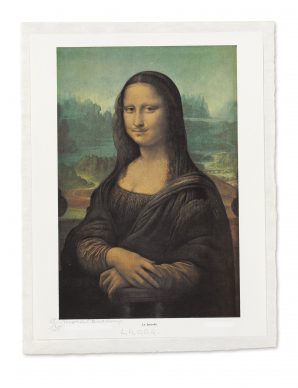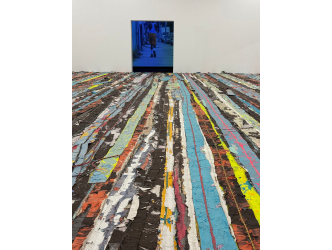Museum quality
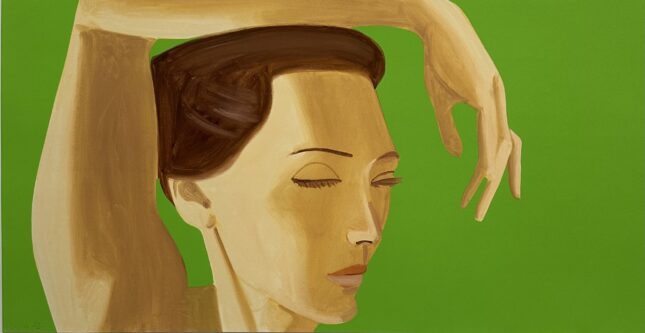
Alex Katz
The most powerful galleries on the planet currently have the luxury of staging exhibitions that could just as well be taking place in museums. Not everything is for sale and the visit inevitably whips up desire in art lovers because you can see an artist’s complete body of work – which is often a safe bet. This is the case for example at the Thaddaeus Ropac gallery in Pantin, Paris, which is presenting an exhaustive exhibition until 23 July dedicated to prints made by the veteran American Pop artist Alex Katz (born in 1927).
Alex Katz
Across the 2000m2 of this space there’s a display, at the request of the painter himself, of 60 years of prints and lithographs featuring over a hundred works. Unusually, the paper works are shown without frames or protective glass, which creates a powerful sense of contact between paper and ink. They depict landscapes, many portraits of women, film stills of figures in motion, with large bursts of colour in contrasting hues that take simplified forms. The exhibition is remarkable.
The works are on sale, according to the format, date of execution and size of the paper, for between 4000 and 230,000 dollars with an average of 10,000 dollars. Alex Katz is a museum’s artist. Until 8 September four of his monumental paintings, produced in 2022 on the theme of the four seasons, are exhibited in the large space on the second floor of Moma in New York.
Illa del Rey, Menorca
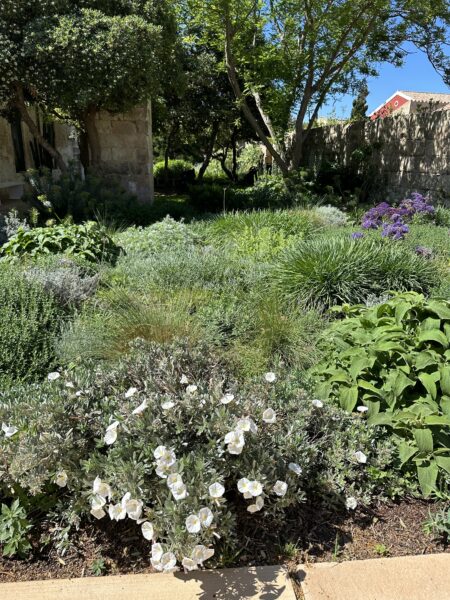
Hauser&Wirth Menorca
It’s also in the spirit of the creation of “museum quality” exhibitions that a vast space dedicated to art opened in 2021 on the Island of Menorca in the Balearic region, on the site and instead of a former military hospital. In fact the site of the gallery itself is located on a small island about thirty minutes from the town, Illa del Rei, which can be reached by shuttle.
Eduardo Chillida
The powerful multinational gallery, Hauser & Wirth, on the initiative of this project, is showcasing until 27 October across 700m2 the work of a great classic of Spanish contemporary art, the Basque artist Eduardo Chillida (1924-2002), to mark the centenary of his birth. The show is composed of 60 works made between 1949 and 2000.
Prehistoric remains

Menorca
From 1989 onwards Chillida spent all his summer holidays on the island, which is home to fascinating prehistoric remains. The sculptor was inspired by these, as his grandson Mikel Chillida affirms, charged with overseeing the family’s artistic heritage.
Octavio Paz
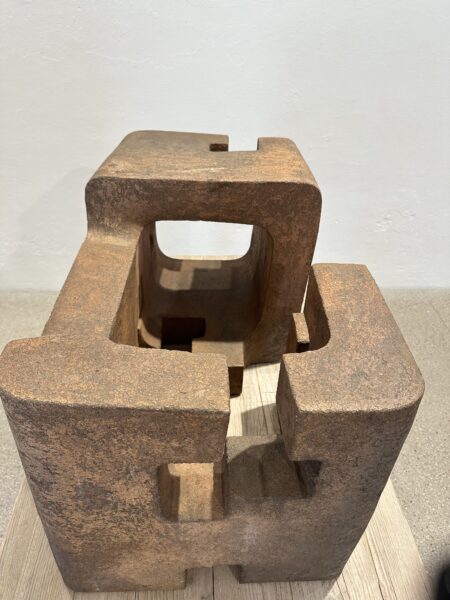
During his lifetime Chillida was a star on a European scale. He was surrounded by a cohort of intellectuals that included the Spanish writer Jorge Semprun and the Mexican poet Octavio Paz. The latter also described his work in the catalogue for the exhibition dedicated to him at the Jeu de Paume museum in Paris in 2001. “Chillida’s sculpture makes an impression on us through its flagrant materiality: more than mere forms in iron or granite, his sculptures become the iron itself, they are granite embodied.”
Architectural sculptures
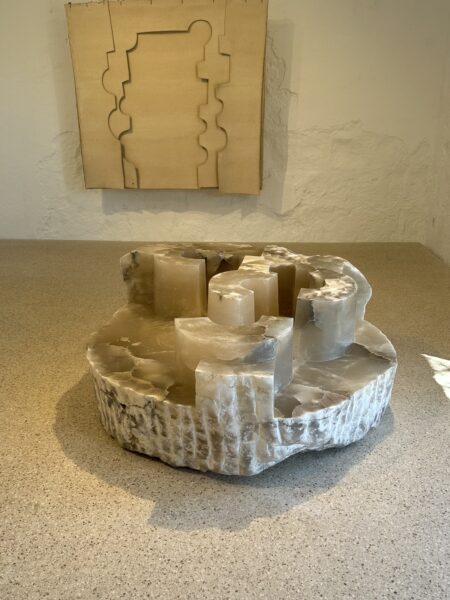
Eduardo Chillida
His work is abstract but very architectural, resembling models of impossible buildings, marked by a brutalist style. As it happens he studied architecture in Madrid before leaving to conquer art in Paris. It was there that he developed a vocabulary where he modelled powerful forms out of the material. He worked with iron, stone, terracotta and wood as well as felt and paper cut-outs.
Chillida ecosystem
From 1950 he exhibited at the Maeght gallery before later being championed by another Parisian gallery: Lelong. In 1951 the artist returned to the Basque Country for good. It all stayed in the family. The Chillida tribe, led masterfully by his wife with their 8 children and soon 27 grandchildren, became part of the Chillida ecosystem.
To appreciate is to support.
To support is to donate.
Support JB Reports by becoming a sustaining Patron with a recurring or a spontaneous donation.
Chillida Leku

Chillida Leku
In 2000 the sculptor opened a majestic sculpture park in San Sebastian, Chillida Leku. He died two years later. He left behind a corpus of 1400 works. And in 2011, when the family was battling to keep his open air museum, they accepted an offer from the Hauser & Wirth gallery.
Mikel Chillida
“We established a partnership,” explains Mikel. “Hauser & Wirth represents Chillida on an international scale. At the same time they manage Chillida Leku.” The Menorca exhibition reflects the whole range of his output. The Basque sculptor presents a rare characteristic that makes his market tougher: he produced unique works. It was only in 1957, following the impetus of his wife, that he tried making a set of bronzes.
Never again
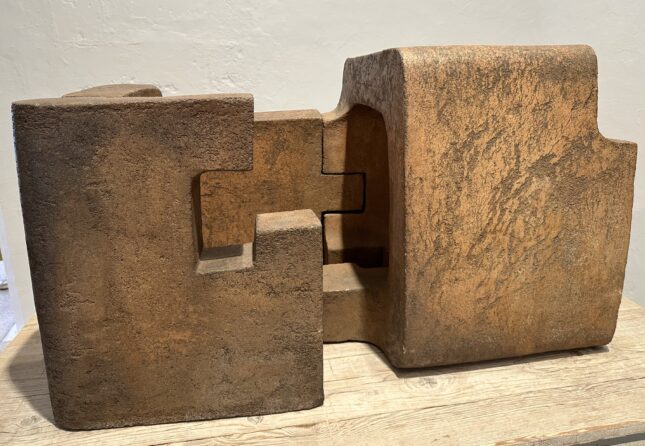
Eduardo Chillida
Mikel Chillida explains: “He had conceived a set of six sculptures with four copies. Seeing them for the first time, his reaction was definitive because he couldn’t bear that they were all identical: “it was like being in a shoe shop. I will never do that again.” From then on he made the commitment with his dealer, Aimé Maeght, to multiply not the number of sculptures, but the number of “viewers” by producing pieces to be installed in public spaces. This was a rare thing at the time. He created fifty-odd public sculptures around the world,” proudly points out his grandson.
Record price
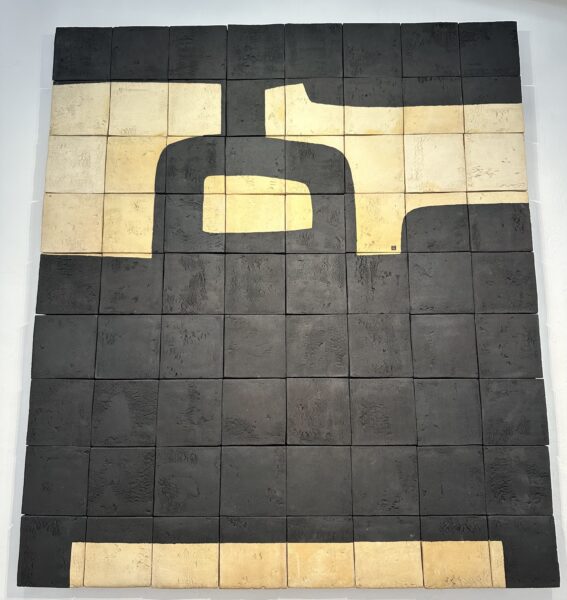
Eduardo Chillida
He adds that the family still has a significant number of sculptures. Some of them are presented at Illa del Rei. “Chillida’s major works rarely appear on the market,” notes Marc Payot, co-president of Hauser & Wirth. “We are presenting eight sculptures from the estate as well as private collections on sale for up to 3 million euros.” At auction the record price, which dates from 2013, was obtained for a corten steel sculpture standing 8 metres tall auctioned for 6.3 million dollars.
François Pinault
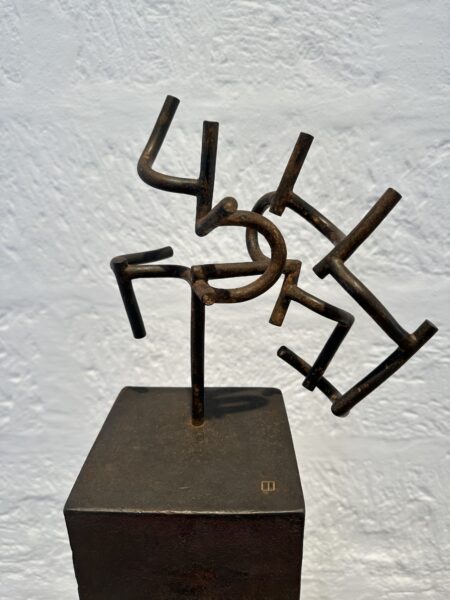
Eduardo Chillida
The dealer installed at Geneva, Marc Blondeau, a fan from the outset, confirms: “It is a healthy, stable but less active market, because there is a small number of works in circulation. Chillida is well recognized by global institutions.”
In France it is most likely François Pinault, rather than the Centre Pompidou, who has the largest ensemble by the artist, commissioned for his residence at La Mormaire in the Yvelines, in the 1990s.
Jean Frémon
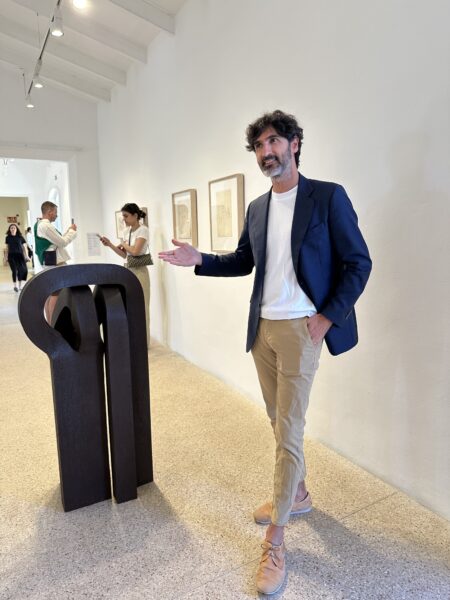
According to Jean Frémon, one of the founders of the Parisian Lelong gallery who worked with Chillida until his death: “for a long time demand outside of Spain was primarily located in Germany and hadn’t yet reached the United States.” He adds: “It was also logical that he produced etchings because they correspond to carving, like in the sculptor’s work. In this category we still have carved wood and etchings in runs of 25 copies maximum, on sale for between 4000 and 20,000 euros.”
Titan of 20th-century art
In Menorca Hauser & Wirth are also presenting single works on paper, on sale for between 55,000 and 120,000 euros. “Chillida is a titan of 20th-century art,” concludes Marc Payot, who adds that “his oeuvre is still underestimated in the market.” However for the time being, despite this spectacular exhibition on the island of Chillida’s summer memories, the context is hardly favourable for putting up prices.
–https://www.hauserwirth.com/locations/25040-menorca/
–https://www.galerie-lelong.com/fr/boutique/
Support independent news on art.
Your contribution : Make a monthly commitment to support JB Reports or a one off contribution as and when you feel like it. Choose the option that suits you best.
Need to cancel a recurring donation? Please go here.
The donation is considered to be a subscription for a fee set by the donor and for a duration also set by the donor.

